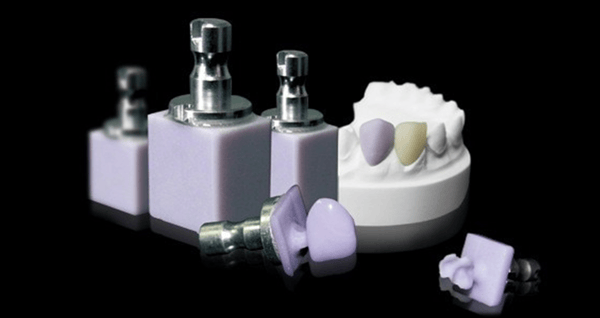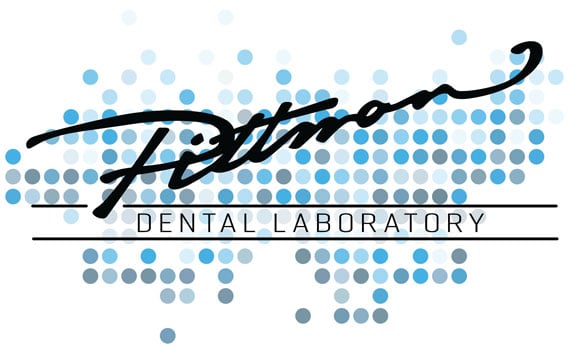 Surely you have already come across the term ‘flexural strength’. But what exactly does it mean, why is it important, and which values are considered good? Great information from our friends at Ivoclar Vivadent in their Dental Technician Blog. Read on to find out some of the most important things you should know about this topic.
Surely you have already come across the term ‘flexural strength’. But what exactly does it mean, why is it important, and which values are considered good? Great information from our friends at Ivoclar Vivadent in their Dental Technician Blog. Read on to find out some of the most important things you should know about this topic.
Flexural strength: one of the key values for evaluating the stability of a material
Flexural strength is a term frequently used in the dental world. It is expressed in the metric system as megapascals or MPa. Megapascal is the mega unit used to measure the intensity of pressure or force per unit area. Every manufacturer of dental materials provides MPa values that indicate flexural strength. With good reason: flexural strength is a key value when it comes to the stability of a material such as zirconium oxide.
Note: Measuring methods vary!
From a scientific point of view, flexural strength tells us the resistance of a material to deformation, i.e. flexural strength indicates how much force is required to break a test sample of a defined diameter. As soon as this value is exceeded, the test specimen breaks. The higher the value, the more impacting forces the material can withstand. However, the flexural strength determined during a test depends heavily on the measuring method used and the surface preparation of the test samples, i.e. on whether a material is polished or ground, for instance. Comparisons between different materials are therefore not always definitive and values measured with different measuring methods are not comparable. For the values to be comparable, they must be obtained using the same measuring method.
The actual advantages of high flexural strength
Materials with high flexural strength offer advantages with two applications in particular:
Extensive or long-span restorations
High flexural strength is essential for stress-bearing restorations, when high pressure/stress is exerted on the material or restoration. As a result, flexural strength also determines the indications for which a material can be used. The more strength a material offers, the more units a restoration can include Or, put another way, the more extensive the restoration is, the stronger the material should be.
Minimally invasive treatment options with thin wall thicknesses
High flexural strength also affects the thickness of the restoration walls. A high-strength material allows a low wall thickness. This means a material that offers high flexural strength and high fracture toughness allows very thin restorations to be produced and is therefore well suited for minimally invasive treatment options.
Zirconium Oxide: The champion when it comes to strength
Zirconia is probably the best-performing all-ceramic material in dentistry in terms of flexural strength. Lower translucency dental zirconias have a flexural strength of approximately 1,200 MPa. Among the translucent zirconia materials flexural strength ranges from 600 to 900 MPa. Generally speaking, the relationship between strength and translucency is closely intertwined in the oxide ceramic materials currently available. The higher the translucency of a material, the lower the flexural strength and the higher the flexural strength of a material, the lower its translucency.
